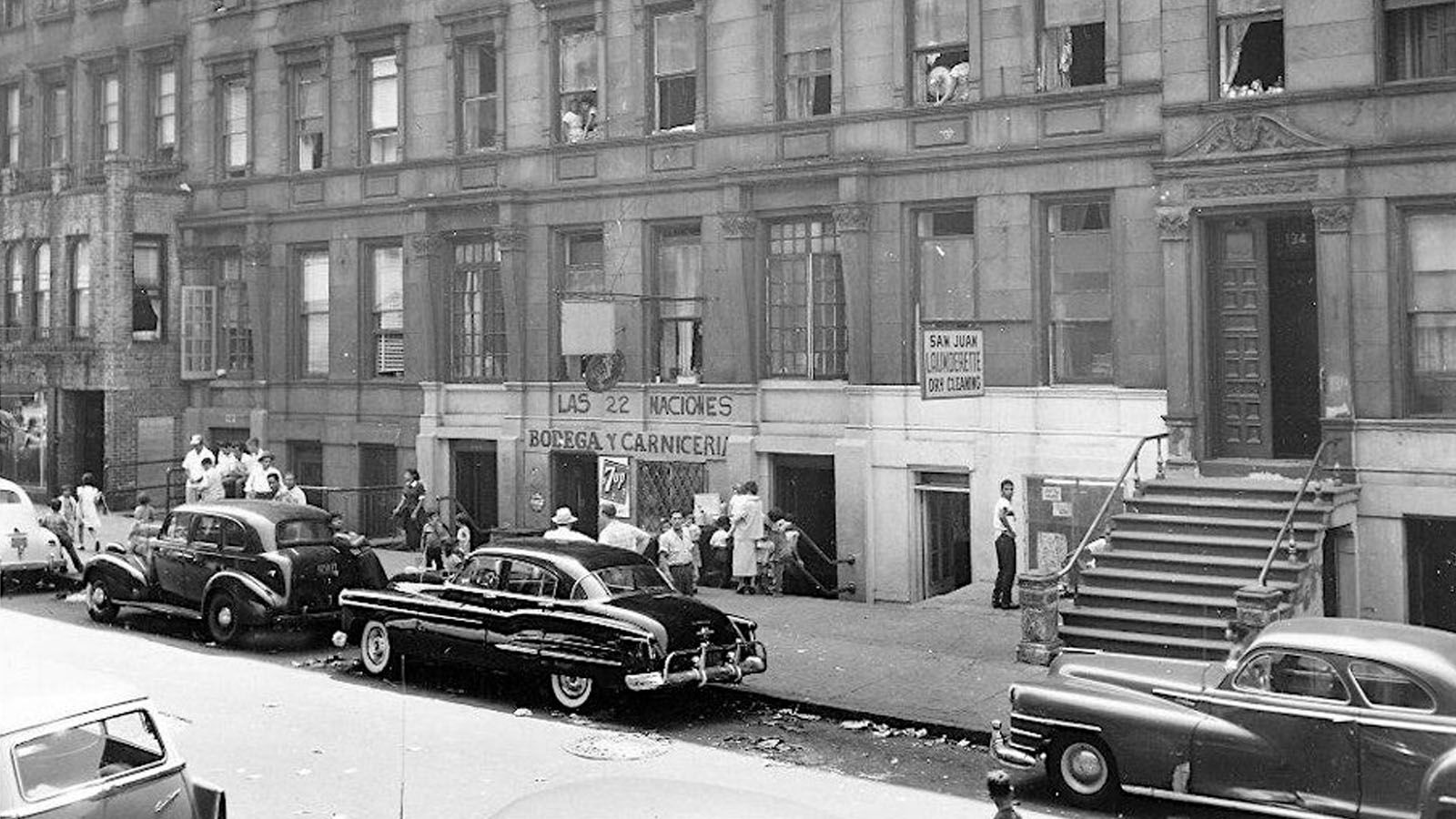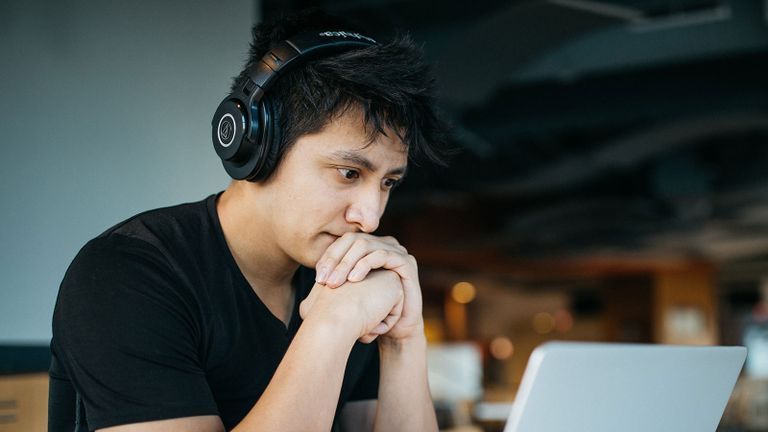Students who lost access to Brightspace, CUNYfirst, and other essential software must sign up for multi-factor authentication (MFA) to regain access. To learn how to do so visit our security website.

Data Hub Teach-In: Findings on San Juan Hill

1956, Lincoln Square, street view of crowd near bodega, NYC Parks Photo Archive.
Engage in a necessary reframing of the scripts that bolstered dispossession in the name of development across New York City in the mid-20th century. By delving into the lived experiences of the community’s residents, Afterlives of San Juan Hill highlights the individual stories of Lincoln Square residents during this pivotal time.
If you’ve watched West Side Story, enjoyed the infectious rhythms of Latin Jazz, heard of musical giants like Thelonius Monk, Nina Simone, explored the Arturo Schomburg collections, or even attended events at The Palladium Ballroom in your youth, then you—in some way, shape, or form—have been impacted by the legacy of San Juan Hill.
Despite being the home and birthplace of several culture-shifting moments and individuals, this neighborhood in Manhattan no longer exists today. In its place sits Lincoln Center. In 1958, several communities, including an emerging Puerto Rican community, were displaced from New York City’s Lincoln Square and San Juan Hill neighborhoods to make way for the construction of the Lincoln Center for the Performing Arts and Fordham University. Over the last two years, CENTRO’s Data Hub has been working tirelessly to review and analyze thousands of relocation records housed in the archives of the Lincoln Center for the Performing Arts. Join CENTRO’s Data Hub team virtually on October 7th to learn more and discuss their latest report about the families displaced from Lincoln Square and San Juan Hill.
Afterlives of San Juan Hill is on view through September 30th at CENTRO en el Barrio. Learn more about the exhibition, location, and hours.

